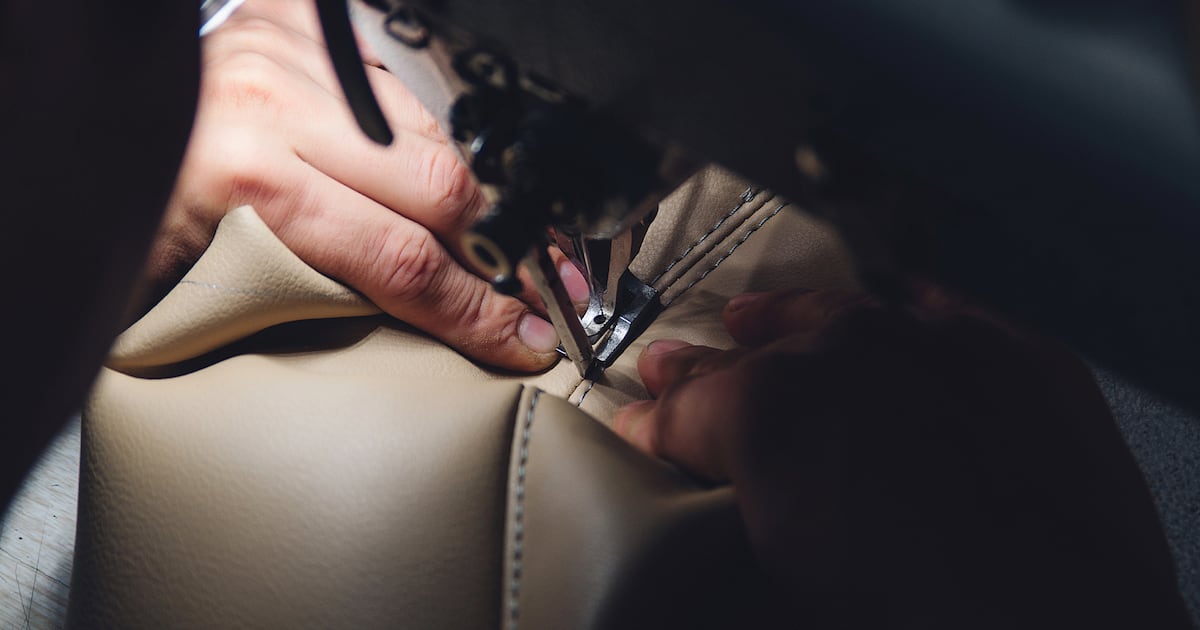The author has shared a Podcast.You will need to accept and consent to the use of cookies and similar technologies by our third-party partners (including: YouTube, Instagram or Twitter), in order to view embedded content in this article and others you may visit in future.
Subscribe to the BoF Podcast here.
Background:
Over the past year, the pristine image luxury brands have built on their links to artisanal craft, ethical manufacturing and quality has begun to crumble, buffeted by a scandal that has linked labels including Dior and Armani to sweatshops in Italy.
According to investigators in Milan, factories producing for the brands were operating illegally and exploiting workers. Dior and Armani have said the allegations donât reflect their commitment to ethical practices, but prosecutors say the issues uncovered by the probe are systemic and entrenched. Around a dozen more brands could still be implicated, with further cases expected in the coming months.
This week, BoF senior correspondent Sheena Butler-Young and chief sustainability correspondent Sarah Kent discuss the findings of BoFâs own investigation into how exploitative practices persist in luxuryâs supply chains and what the scandal means for the industry.
Key Insights:
- Luxury brands use their high prices and Italian manufacturing to sidestep concerns over labour practices frequently levelled against lower-priced labels. But the problems pervade even Italyâs most exclusive supply chains. âThis may seem shocking and surprising to those outside this part of the industry, but in Italian manufacturing, everyone knows,â said Kent. âItâs an open secret.â
- BoFâs investigation found brands routinely turn a blind eye to labour exploitation, ignoring red flags raised by audits and sustainability teams in the interest of convenience and cost.
- New regulations mean the risks associated with such scandals will soon be much more severe. Under incoming European due-diligence rules, brands could be subject to penalties of up to five percent of global revenue if they fail to adequately monitor and prevent labour abuses in their supply chains. âThere are still a lot of questions around how thatâs going to be enforced and what that might actually mean,â said Kent. âBut that is a chunky piece of change for any big company.â
Additional Resources:
- Inside Luxuryâs Italian Sweatshops Problem: An Italian probe linking luxury labels including Dior and Armani to labour exploitation â with the supply chains of up to a dozen more brands under the microscope â has exposed a seedy practice deeply embedded in the luxury system, creating an unpredictable PR crisis at a precarious time for the sector, a BoF investigation has found.
- Is Luxury Finally Set for a Sustainability Reckoning? Amid growing disillusionment with luxury brands, a series of Italian investigations linking major players like Dior and Armani to sweatshop labour is putting new pressure on the sectorâs most powerful asset: brand image.
- Are Luxury Brands Still Worth It? Luxuryâs results âsuperweekâ underscored just how far consumer demand has fallen. Macroeconomic gloom is part of the problem, but there may be deeper issues with big luxuryâs value proposition.

